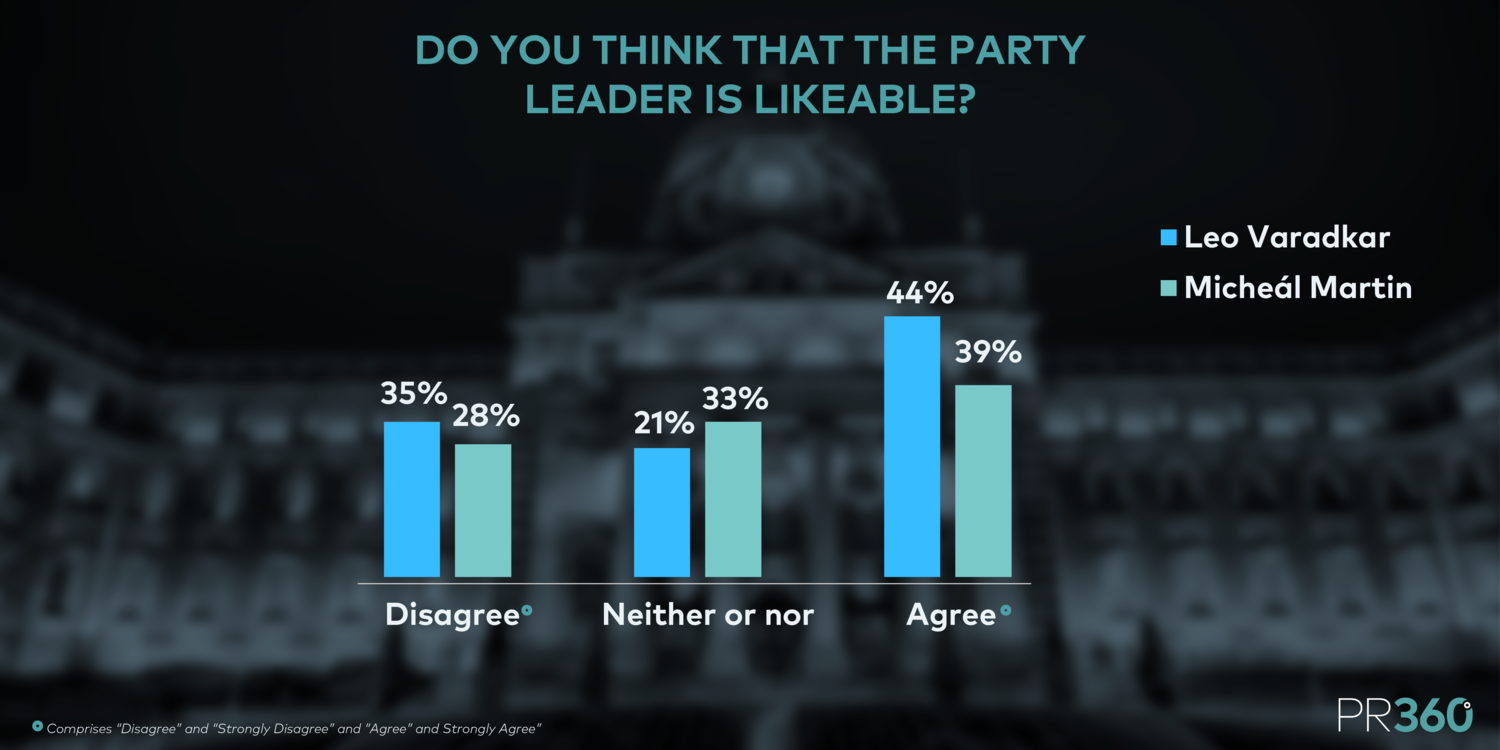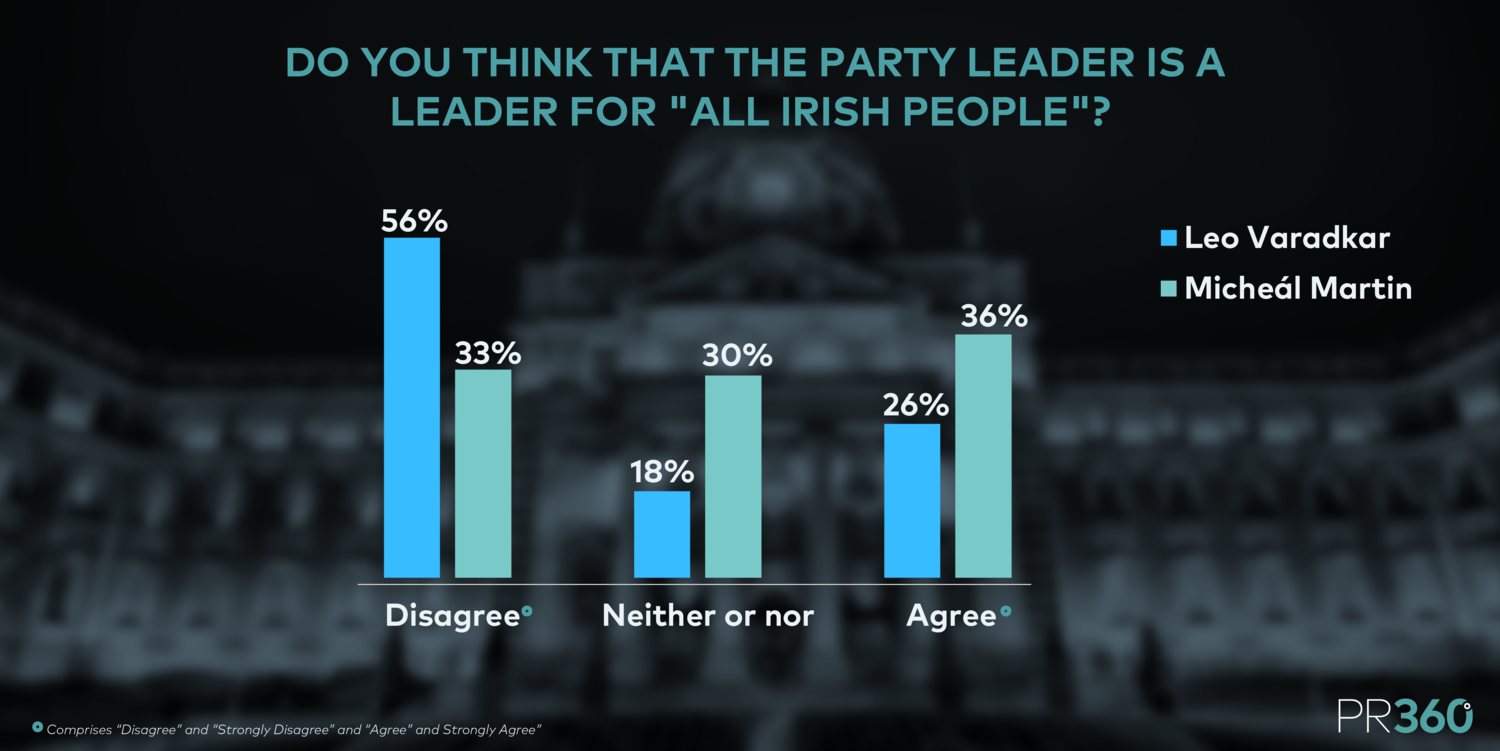We’re a week into the 2020 general election campaign, and by now we have a fair idea of the stalls the main political parties are setting out.
Parties have been busy dusting off their policy proposals, planning the media set pieces to show them off, and settling into the campaign. We know what the battle lines are and what the key messaging is.
From a communications point of view, it’s important that every piece of content that you generate carries agreed key messaging and links back towards your overall narrative.
This means more than repeating buzzwords and slogans—the look and feel of your media output and your tone of voice matter. When there’s a disconnect, it can jar with the public and put them off your brand.
Social media is a key battleground in any election, and it offers a great insight into all of these factors. The content you push out through your channels is owned content. You control the timing, the messaging, the tone, and the look and feel.
Of course, social media isn’t the only way political parties and candidates try to influence voters, but it is one of the only forms of mass media they have full control over.
So far, how have the two largest parties measured up on these factors?
Fine Gael analysis
Fine Gael have positioned themselves as the competent, statesman-like party that can be trusted to steer the ship through the turbulent waters of Brexit, prudently manage the public finances, and offer continuity and stability.
In the first week of the campaign, Fine Gael spent over €14,000 on targeted, slickly designed Facebook advertisements that are bang on-brand and aligned with key messaging.

Leo Varadkar and Simon Coveney are prominent in Fine Gael’s five separate Brexit-themed ads. The party’s policy-focused ads are short, snappy, and outline their previous record and future plans in key areas.
The tone on Twitter, however, is much more aggressive. Fine Gael have been consistently launching attacks on Fianna FáIl and Micheál Martin, and live tweeting key media appearances with their own key messages and undermining Fianna Fáil spokespersons.
Fine Gael caused controversy by tweeting a humorous video, which featured cut-out face masks of the Fianna Fáil front bench haplessly searching for policy documents in cupboards, in bins, and under stairs, all set to the Benny Hill theme.
In a week of a horrific murder and a serious incident involving a homeless man in Dublin City, the video was widely panned and eventually removed by Fine Gael HQ. Taoiseach Leo Varadkar defended it, saying that it was designed to make a serious point in a humorous way.
Overall, Fine Gael will be happy with their ad campaign. It is strong, on message, and feeds into the narrative they’re trying to portray.
However, their organic content, and that ill-fated video, jars with the leadership and competence message and risks undermining their strategy. Their attack ads, which Irish people don’t traditionally react well to, have been polarising.
This is born out in PR360’s first 2020 Leader poll, carried out by Amárach Research. It suggests that, across all questions asked, people have made up their minds on Leo Varadkar compared to Micheál Martin.

When it comes to likeability, Leo Varadkar is slightly ahead of Micheál Martin (44% vs 39%) but is also more disliked (35% vs 28%). This suggests that voters have stronger feelings either way with Leo, whereas they remain to be convinced one way or another with Micheál Martin.
Fianna Fáil analysis
With the slogan (or ‘philosophy’, as Micheál Martin described it) of ‘An Ireland For All’, Fianna Fáil are trying to portray themselves as all things to all people.
They spent approximately €2,600 on Facebook advertisements in the first week of the campaign.
The advertisements focus on Fianna Fáil’s key election theme: tackling the deep problems affecting people in all parts of the country. Some, featuring familiar local representatives, have been targeted at specific areas. Others feature case studies of people struggling with issues like housing and healthcare.

Another ad opens with a tracker showing key figures, like the increasing numbers of homeless people, the number of children on hospital waiting lists, and the inflation of average rents, followed by Micheál Martin making his pitch.
Fianna Fáil’s organic content has been slightly looser and less focused. It attacks Fine Gael’s record on key issues, broadcasts the party’s policy positions, comments on issues emerging during the campaign, and features media appearances from key spokespersons.
However, Fianna Fáil hasn’t been without its own controversy. TD Kevin O’Keeffe was forced to apologise for posing with a stretch limo while out canvassing.
That aside, Fianna Fáil will be broadly happy. Their content has been solid, if unspectacular, but generally fits the tone of voice and key messaging well. Appealing to everyone doesn’t lend itself to particularly strong or emotive messaging, but they have overcome the risks associated with attack ads by featuring case studies instead, which humanises the message they’re trying to broadcast.
Their strategy seems to be working. Micheál Martin enjoys a significant advantage among voters over Leo Varadkar in terms of being seeing as a ‘leader for all Irish people’.

What next?
Polling carried out by Amárach Research on behalf of PR360 offers a fascinating snapshot of the public’s attitudes towards Leo Varadkar and Micheál Martin and provides clues on how both party’s campaigns should develop from here.
Leo Varadkar has proven more divisive, and Fine Gael strategists will be looking at toning down the attack ads and refocusing on putting forward their own key messaging in a more consistent manner.
The public are yet to make up their minds on Micheál Martin. If Fianna Fáil are to convince undecided voters, they will need to make a more compelling argument. They will be looking at how to best achieve this without alienating current supporters—a fine balance.

About the author
Gavin works on 360’s public affairs team, helping businesses to build integrated communications and public affairs campaigns. His previous experience includes media relations, policy writing, crisis management, and stakeholder engagement.
